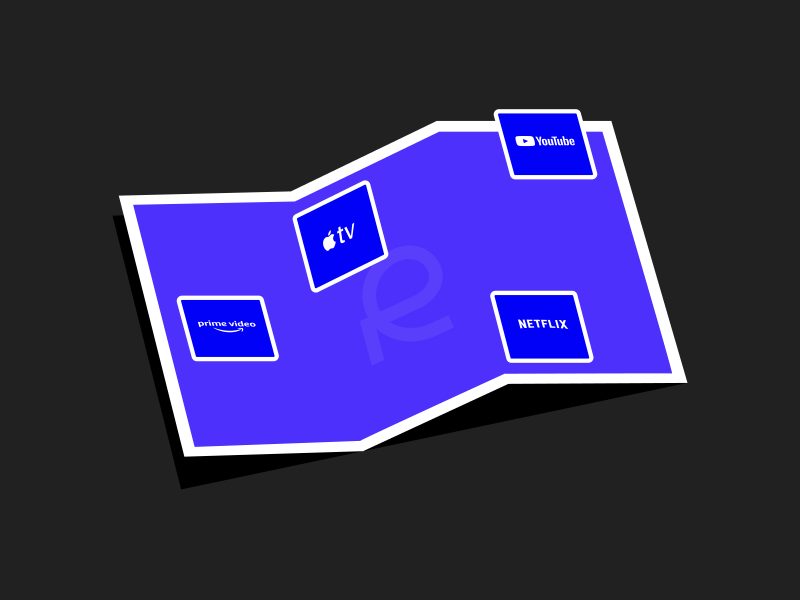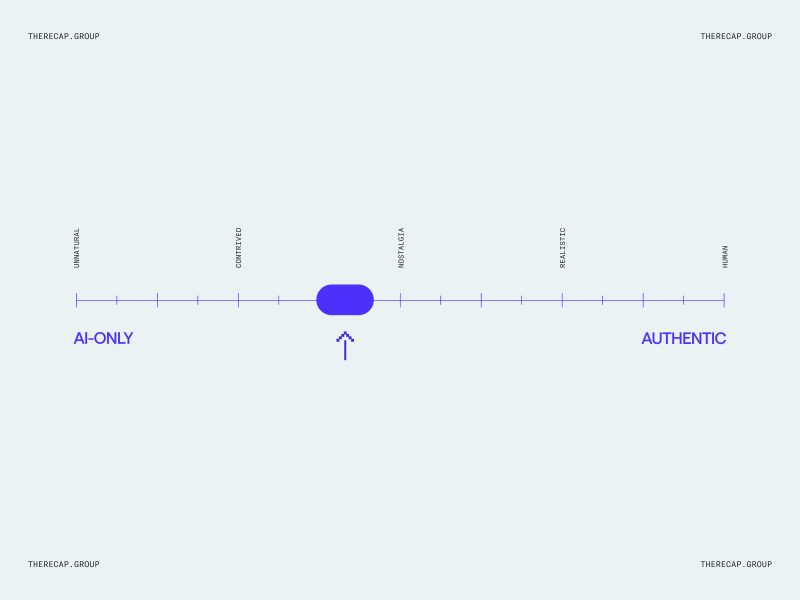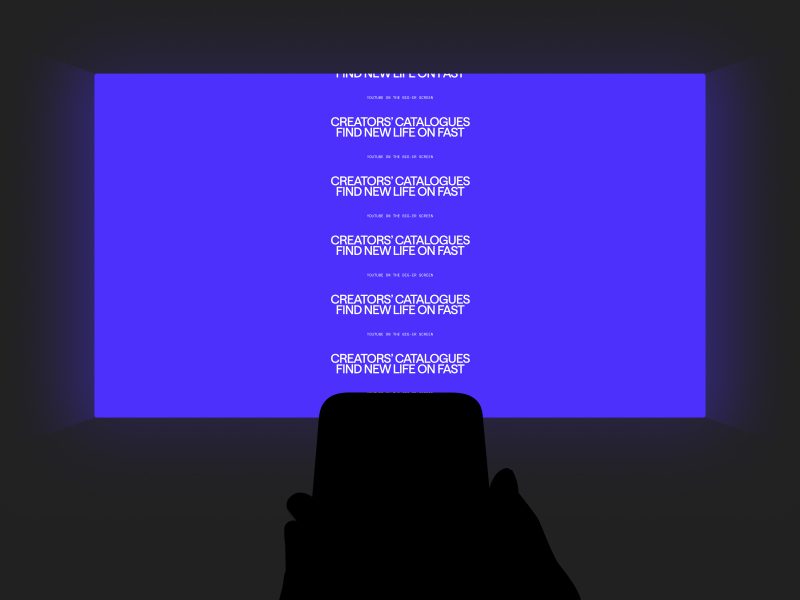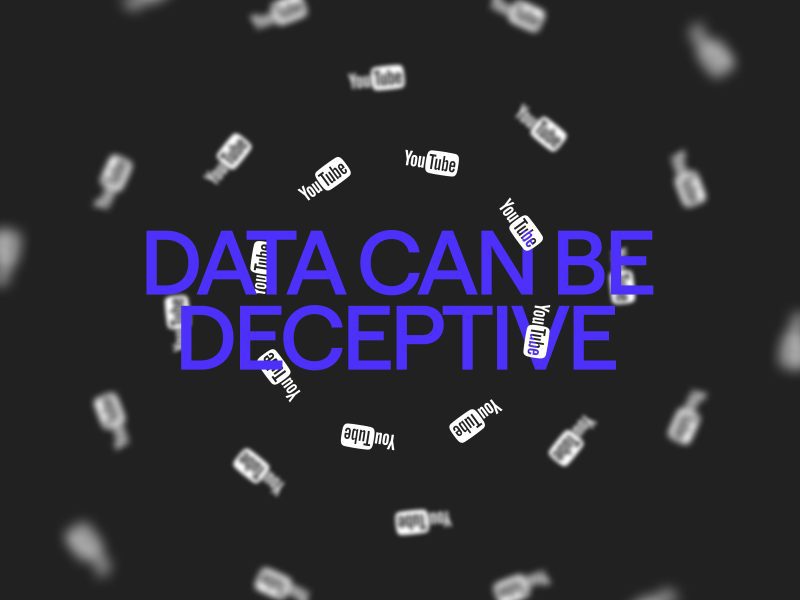AI Video: A Parasite to Legacy Media Brands
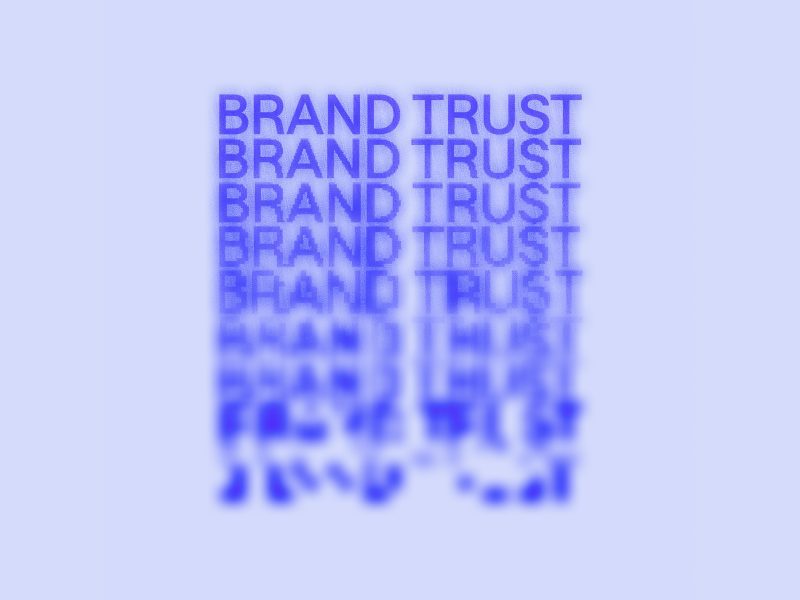
The rapid advancement of AI-generated video content is reshaping the digital media landscape – and not necessarily for the better.
06.02.2025
With platforms like Google’s Veo 3 making enormous leaps in video quality, AI-created content is becoming harder to identify with each passing day. For legacy media companies and television brands, this evolution marks not just an exciting technological development, but a potentially equal sized threat.
Unlike traditional intellectual property infringement, which typically involves direct replication or distribution of copyrighted material, AI-generated content introduces a more insidious problem. Creators are now using generative tools to mimic, parody, or loosely associate with established shows and brands, such as Got Talent, without triggering the systems built to automatically flag infringement. These videos exploit the familiarity and credibility of well-known media properties while delivering none of the value. The result is parasitic content that siphons attention and erodes a brand’s public perception.
This issue is not theoretical. The Got Talent franchise is experiencing it firsthand. Since late 2023, YouTube has seen an explosion of AI-generated videos masquerading as Got Talent content. With over 120 known channels pushing these videos, many adorned with exaggerated, AI-created thumbnails designed purely for clickbait, more than 5.5 billion views have been amassed. That is an enormous diversion of audience attention, advertising revenue, and brand goodwill. In terms of direct revenue impact form lost watch time, this is likely a several million dollar issue.
AI-generated video content that mimics existing brands poses a dual threat: it not only steals viewership and monetizable engagement but also damages public perception. When audiences encounter low-effort, incoherent, or emotionally hollow AI videos that appear linked to a trusted show, they’re likely to leave disappointed, or worse, disillusioned. Over time, this can lead to decreased interest in the genuine content as viewers learn to associate a brand with poor quality or deception.
This goes far beyond simple piracy or user-uploaded clips. The sophistication and scale of AI-generated impersonation content are only starting to be seen. With of cheap and quick this content can be churned out, literally by typing a paragraph and clicking a button, it is no surprise that once a channel is taken down, another seems to spring up in its place almost immediately. While YouTube has made tool to assist with copyright infringement in the past, and one would assume that they are working around the clock to solve this issue today, it is hard to say just how hard they are willing to work for it considering their parent company, Alphabet, is one of the leading companies in AI generative video.
While most media companies have not felt the revenue pressure as of yet, if this trend continues unchecked, legacy brands could face shrinking audiences and long-term damage to their reputations. It is clear that AI video content is no longer a gimmick – it is a structural shift in the way content is produced. While this shift may bring opportunities to expand good, high-quality content, it brings just as big of an opportunity to steal IP faster and cheaper than ever before.
